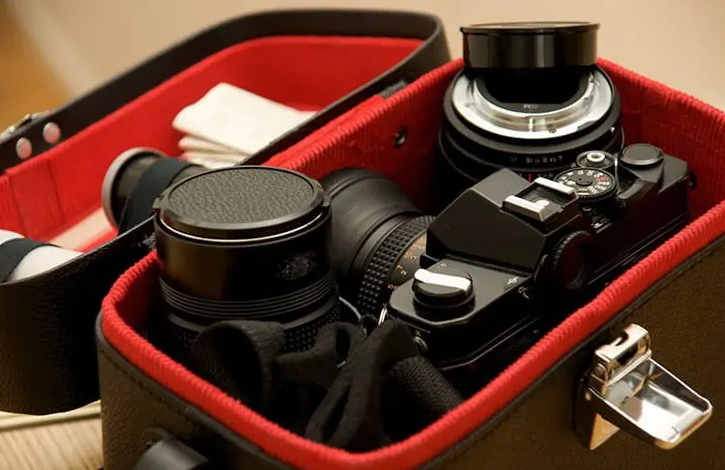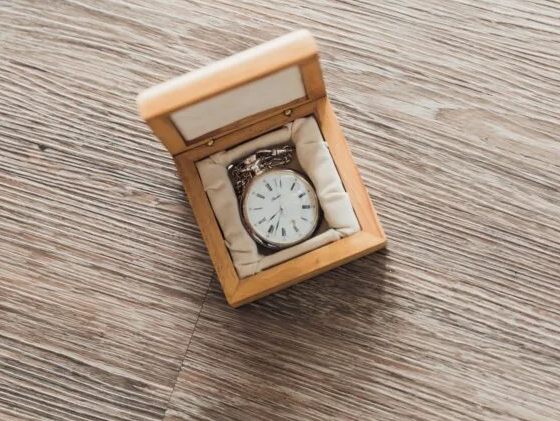EVA Case Factory refers to a manufacturing facility specializing in producing cases made from Ethylene Vinyl Acetate , a durable and flexible plastic material. These factories handle various stages of production, from material preparation and molding to quality control and customization.
Table of Contents

Introduction
Background of EVA Material
EVA, or Ethylene-Vinyl Acetate, is a copolymer that combines two major compounds: ethylene and vinyl acetate.
- Composition: Typically, EVA consists of 60% to 90% ethylene and 10% to 40% vinyl acetate. The variations in these proportions can result in differing properties in the final product.
- Price: As of 2021, the average cost of EVA material ranged from $0.9 to $1.5 per kilogram, depending on its grade and the global market conditions. The price can fluctuate based on the vinyl acetate content and market demand.
- Properties: EVA is known for its softness and flexibility at temperatures as low as -30°C. It exhibits good UV resistance and has a melting temperature of around 90°C.
Overview of EVA Case Industry
The EVA Case Industry has seen significant growth in the last decade.
- Market Size: By the end of 2021, the global EVA case industry reached a valuation of approximately $2 billion, with an annual growth rate of 5%.
- Key Players: Some of the major players in the industry include OtterBox, Pelican, and UAG. These brands have established their presence due to the durability and design innovation of their EVA-based products.
- Trends: Over time, the demand for customizable EVA cases has risen. This trend is largely due to the increasing consumer need for unique and personalized products. Moreover, with tech devices becoming slimmer and more fragile, there’s an escalating demand for robust protection, where EVA cases come into play.
- Device Compatibility: The majority of EVA cases are designed for gadgets within the size range of 4 to 15 inches, catering primarily to smartphones, tablets, and laptops.
- Functionality and Features: Modern EVA cases offer multiple compartments for accessory storage, have a water-resistant exterior, and often come with adjustable straps for portability. The average lifespan of a high-quality EVA case is around 5-7 years, given regular usage.
EVA Material Properties
Durability
EVA materials are known for their excellent resistance to stress and impact. Their tensile strength typically ranges from 10 to 30 MPa, making them suitable for heavy-duty applications such as protective cases for electronics.
- Lifespan: A high-quality EVA case can last up to 10 years under normal use conditions, far exceeding the average 3-year lifespan of standard plastic or rubber cases.
- Wear Resistance: EVA exhibits excellent resistance to abrasive wear, with a volume loss rate of approximately 200 mm³ under standard testing conditions.
Flexibility
The flexibility of EVA is one of its defining characteristics. Depending on the vinyl acetate (VA) content, the flexibility can vary. Higher VA content generally results in higher flexibility.
- Flexural Modulus: EVA with 18% VA content typically has a flexural modulus of about 25 MPa, making it highly flexible without sacrificing its structural integrity.
- Temperature Tolerance: EVA remains flexible at temperatures as low as -30°C, making it ideal for use in cold environments.

Water Resistance
One of the notable features of EVA is its resistance to water and moisture. It absorbs less than 0.01% of its weight in water, making it an excellent choice for cases intended to protect sensitive electronics.
- Waterproof Rating: High-grade EVA cases often come with a minimum IP65 waterproof rating, ensuring complete protection against dust ingress and low-pressure water jets from any direction.
- Corrosion Resistance: EVA does not corrode and remains stable when exposed to various chemicals, contributing to its long-lasting properties.
Environmental Impact
EVA is a plastic, and like other plastics, its production and disposal can have environmental implications.
- Emissions: The production of EVA emits approximately 2.5 kg of CO2 per kg of material produced. This is relatively low compared to other plastics.
- Biodegradation Time: EVA is not biodegradable and can take hundreds of years to decompose in a landfill. However, recycling programs for EVA are becoming more common, allowing for more sustainable disposal options.
EVA Case Production Process
Material Preparation
- Selection of Raw Materials: Manufacturers often begin with a careful selection of raw EVA resins. They typically aim for resins with a 14-20% Vinyl Acetate (VA) content to balance flexibility and strength.
- Mixing and Compounding: The selected EVA resins are then mixed with various additives such as colorants and UV stabilizers. This process may cost around $5,000 to $20,000 depending on the scale of production.
Molding Techniques
- Injection Molding: This is a common method for EVA case production, where the molten EVA material is injected into a mold under high pressure. Typical injection molding machines operate at a clamping force of 100 to 800 tons and have a production efficiency of around 85%.
- Compression Molding: Less common but still used, this method involves placing the EVA material in a mold and applying heat and pressure. It’s known for producing less waste but operates at a slower speed compared to injection molding.
- Cost and Time: Injection molding generally costs $10,000 to $45,000 per mold and takes about 4-8 weeks for the mold to be manufactured.
Cutting and Shaping
- Die Cutting: In this process, a die is used to cut the molded EVA into specific shapes. The average die-cutting machine can operate at a speed of 20 to 150 strokes per minute.
- Water Jet Cutting: For more intricate designs, water jet cutting might be used, which has high precision but is generally slower and more expensive.
- Cost of Cutting Machines: The average cost of a high-quality die-cutting machine ranges from $15,000 to $50,000, and water jet cutters can cost upwards of $200,000.

Surface Finishing
- Texturing: To give EVA cases a desired surface texture, the molds themselves are often textured. This can include various patterns or logos.
- Painting and Printing: Cases may be painted or printed with designs. The printing machines can cost around $10,000 to $50,000 depending on the printing technology (e.g., UV, digital).
- Quality of Finish: EVA cases generally have a matte, smooth finish that is resistant to scratching. The hardness level on the surface usually measures around 50 on the Shore D scale.
Quality Control
- Inspection Standards: Most factories adhere to the AQL (Acceptable Quality Limit) standards. For example, an AQL of 0.65 means that the factory tolerates 0.65% of the total order quantity to have defects.
- Testing: Cases often undergo stress tests, drop tests, and water resistance tests. A typical drop test for a quality EVA case involves a height of 1.2 meters, and the case should protect the enclosed object without significant damage.
- Time and Cost: The entire quality control process can take around 1 to 2 weeks and may account for 5% to 15% of the overall production cost.
Design and Customization
Design Principles
- User-Centric Design: EVA case designs start with the end user in mind.
- Material Efficiency: Designers aim to minimize waste, often targeting a material utilization rate of over 90% in the layout of cuts on a sheet of EVA.
- Balance of Aesthetics and Functionality: Designers usually aim for a visually pleasing yet practical design, taking into account factors like color, shape, and surface texture while ensuring cases are robust and protective.
- Compliance with Standards: Designs must adhere to relevant safety and quality standards, such as ISO 9001 or ASTM standards.
Customization Options
- Choice of Material: Clients can often choose from several types of EVA, with varying percentages of VA content, typically ranging from 14% to 40%, which affects flexibility and rigidity.
- Color and Texture: Companies might offer over 50 color options and various textures, from smooth to patterned.
- Branding Options: This can include debossing, embossing, or printing logos and designs onto the case. The average cost for branding might range from $0.1 to $0.5 per unit, depending on complexity.
- Internal Layout: Clients can specify compartments, pockets, and holders inside the case. For instance, a client might request a specific pocket size of 5×3 inches for holding cables.
Prototyping and Sampling
- Initial Design Drafts: Before prototyping begins, designers create initial drafts, often using CAD software. These drafts are usually produced in 1-2 weeks.
- Prototyping Costs: A basic EVA case prototype might cost between $500 and $1500, depending on the complexity of the design.
- Sampling Time: After approval of the design drafts, a physical sample is created. This process typically takes 2 to 4 weeks.
- Testing the Prototype: The prototype undergoes rigorous testing, such as drop tests from a height of 1.5 meters to ensure the contents remain unharmed.
- Feedback and Revision Cycle: After testing, clients provide feedback, which the designers use to make revisions. This cycle might happen 2-3 times before finalizing the design, each taking approximately 1-2 weeks.







